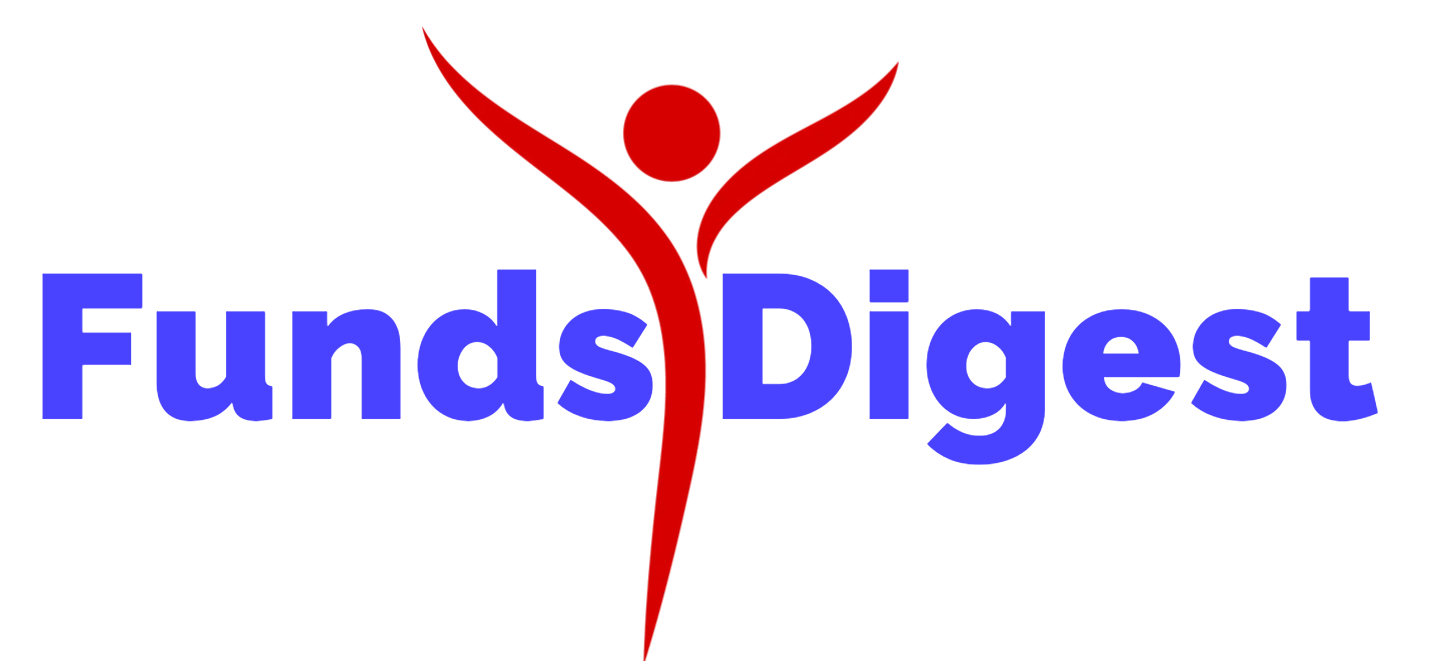
The 2026 Fulbright Student application process is currently underway, with Oregon State University sending 27 student applications earlier this month to the national committee for further consideration.
Advisers in the National and Global Scholarships office would love that number to be even higher, so they want faculty to encourage more students to throw their hats in the ring.
“Regardless of the outcome of the competition, it’s a great experience, and we see that it often leads to really great connections and opportunities,” said LeAnn Adam, director of National and Global Scholarships Advising at OSU. “Just come talk to us. When we have that one-on-one conversation with students, that’s when the light comes on and they really start to see themselves as scholars.”
The Fulbright U.S. Student Program offers year-long scholarships to students seeking to pursue graduate education, engage in research or teach English abroad. It’s administered by the U.S. Department of State and partners with more than 140 countries worldwide, with the ultimate goal of enhancing diplomacy and building positive relationships throughout the world.
“The idea is to create mutual understanding between citizens of the U.S. and other countries through educational pursuits,” Adam said.
There’s no GPA minimum for applicants, nor is the program restricted to recent graduates. The only requirements are that applicants have received or anticipate receiving a four-year degree by the time the scholarship year starts, and that they don’t already have a Ph.D. Doctoral candidates can use the Fulbright year to work on their dissertations, and the OSU office frequently works with alumni, even several years after their graduation date.
OSU has had 92 Fulbright recipients since 1950, including 29 in the past five years. But while multiple OSU students succeed in their Fulbright applications each year, there is still a pervasive myth that the scholarship is out of reach for most and not worth attempting.
“The perception is that Fulbright is so competitive that it’s unattainable, which is a big mental barrier,” Adam said. “That persistent impostor syndrome is really powerful. We try our best to help candidates overcome that.”
Adam’s office supports students throughout the process. First, she and advising coordinator Becca Otto encourage anyone who’s interested to come in for a one-on-one meeting where they can demystify the lengthy application — and they really recommend interested students start now, a year ahead of the deadline.
“We’re here every step of the way, making connections in other countries, helping them brainstorm where they want to go and connecting them with other students who have been through the program,” Adam said. “The benefit to applying is something that we focus on in equal measure with the outcome of the application. It’s a huge investment of their time to engage in this process, and it’s really important to us that they get something out of it even if they don’t get the scholarship.”
Adam compares the labor required to complete the application to a 3-credit course if students try to do it in one term, or a more doable 1-credit course per term if they spread it out across an academic year.
Even if they don’t ultimately receive a Fulbright scholarship, completing the application helps students improve their writing skills, clarify and communicate their career and academic goals, create stronger relationships with faculty mentors and improve their interview ability, Adam said.
Fulbright has two main tracks: one for teaching English abroad, and one for academic study/research, which includes students who enroll in a year-long graduate program abroad, students completing research projects and students pursuing creative and performing arts.
On the study/research track, the most time-consuming part of the process is finding a mentor in another country who agrees to host students for their research or creative project. Applicants must create their own project proposal and carry it out during their Fulbright year.
The application also gauges whether students are prepared and flexible enough to adapt to their host country’s culture and language.
At OSU, employees can volunteer to be on the Fulbright committee that reviews materials and interviews each student to highlight ways to strengthen their applications. Adam says there are around 90 regular volunteers and about 50 of them served on the committee this fall. They come from all corners of the university and include Fulbright alumni, who offer a helpful perspective to applicants.
The application opens in early March each year, with materials due to the university in August and then to the national program in October. After potential host countries review the applications, recipients are announced between February and June.
This year, OSU students applied to go to 15 different countries, with 22 in the study/research track and five in the English teaching assistantship. They represent nine colleges and both Corvallis and OSU-Cascades campuses.
“It really is amazing to see our representation on a national and international scale,” Adam said. “It creates goodwill, not just for the U.S. abroad but also for OSU. Connections are made that last beyond the Fulbright year.”
Contact information:
Internal Communications
Kerr Administration 416
1500 SW Jefferson Way
Corvallis, OR 97331
[email protected]
Copyright © 2025 Oregon State University |
Privacy Disclaimer and Accessibility Information |
Non-discrimination Statement |
Sitemap

Recent Comments